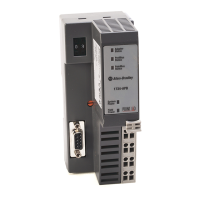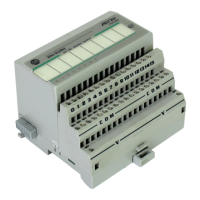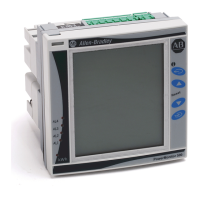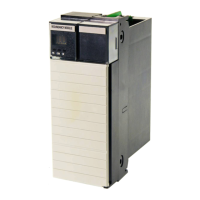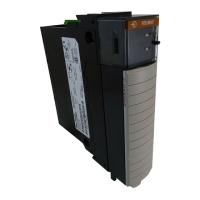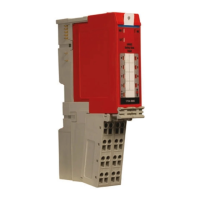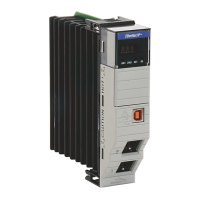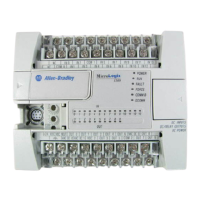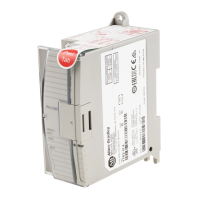Publication 1734-UM009A-EN-P - June 2002
Configuring Your RS-232 ASCII Module 2-21
RX Parity Error (Bit 2)
This bit is set if a parity error is detected on the received data.
Handshake Error (Bit 6)
This error will occur only in Master-Slave Handshake Mode. It
indicates that the master has requested a new data record from the
1734-232ASC module, but the 1734-232ASC module has not indicated
new data is available to be sent.
New Data (Bit 7)
This bit is used only when the Master-Slave Handshake option is
active. When the 1734-232ASC module receives a new data string into
its serial port, it sets this flag in its DeviceNet response message. The
bit will remain set until the master changes the RX ID Byte in it’s
produced data.
Transmitting Serial Data to
the ASCII Device
In order to transmit data to your serial device, the data must first be
sent to the 1734-232ASC module and then the 1734-232ASC module
must send the data to the serial device.
The 1734-232ASC module transmits a number of characters from the
DeviceNet master to your serial device via:
• I/O messages
• explicit message
The received character string is transmitted to your serial device when:
• the specific number of bytes defined (Transmit Character Buffer
Length) is received, or
• the defined End-of-String Terminator character is detected and
active.
When either of these events occur, the 1734-232ASC module stores the
DeviceNet string data into its internal buffer and then transmits it out
its serial port.
Spare Allen-Bradley Parts
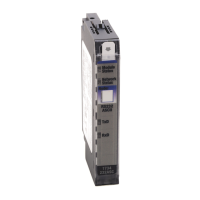
